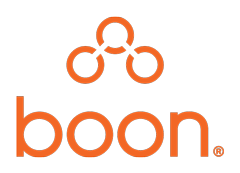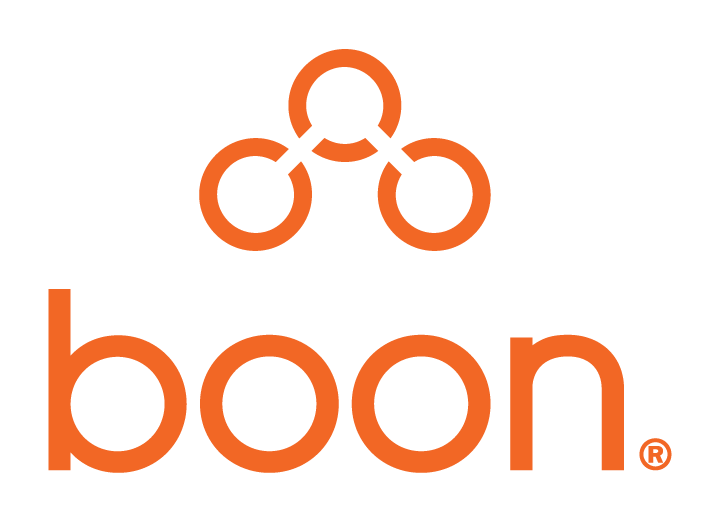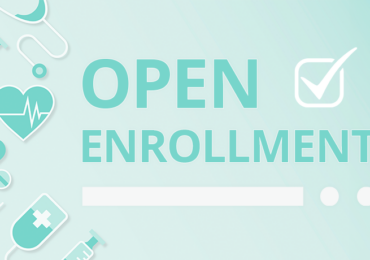Providing employee benefits for hourly workers, especially healthcare coverage, is a priority topic in most industries today. Especially when there is a mandate to provide such coverage. For San Francisco employers, the San Francisco Health Care Security Ordinance (SFHCSO) sets the framework of requirements to ensure that all workers in the City of San Francisco receive health benefits.
Are you a San Francisco employer that wants to better understand the SFHCSO, what you must do to comply, and what options are available? We’re here to answer those questions!
The Basics of the San Francisco Health Care Security Ordinance (SFHCSO)
What is the San Francisco Health Care Security Ordinance (SFHCSO)? What employers does the SFHCSO apply to? How can a San Francisco employer maintain their compliance? These are all fair questions.
The San Francisco Health Care Security Ordinance (SFHCSO) requires employers with 20 or more workers (50 or more workers for a non-profit) to meet a minimum healthcare expenditure for each employee that works eight or more hours per week in San Francisco. In addition to the spending requirement, employers must post a HCSO poster in all San Francisco workplaces where covered employees work, and maintain satisfactory records for each qualifying employee to validate compliance with the law.
Fun fact: An employer does not need to have a physical location in San Francisco to be subject to the SFHCSO. A covered employer includes:
- Any medium- or large-sized company engaging in business within the City and County of San Francisco
- A company with employees that work in San Francisco
- A company that is required by law to obtain a valid San Francisco business registration certificate from the City’s Tax Collector’s office
What employees are covered by the HSCO?
Any employee that works for an employer covered by the San Francisco Health Care Security Ordinance (SFHCSO), that is entitled to be paid minimum wage, that has been employed by the covered employer for at least 90 days, and that works at least eight hours per week in the City.
The SFHCSO in 2023
The healthcare spending requirements for the SFHCSO are updated each year, and the updates commonly include: new obligations for employers, new offering of plan types that satisfy the Ordinance, and modified reporting obligations. Here’s what employers can expect for 2023:
- The 2023 expenditure rate for employers with 100 or more covered employees is $3.40 per hour.
- For companies with 20 to 99 workers (or non-profits with 50-99 workers) the expenditure rate is $2.27 per hour.
- Employers with 0 to 19 workers (0 to 49 for non-profits) are not bound to meet the expenditure requirement.
Effective January 1, 2023, managerial, supervisory, and confidential employees have an exemption, if each such employee earns more than $114,141 per year. Separately, employees that are covered by Medicare or TRICARE may also be excluded.
Reasons Why Employers May Seek an Alternative
Employers with employees in San Francisco can choose how to meet the Ordinance’s healthcare expenditure requirement. Commonly accepted practices include: enrolling and paying the premium for employees to have health, dental, or vision insurance, or contributing to other programs that reimburse employees for certain out-of-pocket healthcare expenditures. Another option is for Employers to make payments to the SF City Option on behalf of their covered employees.
Participating in the SF City Option requires an employer to submit money based on the applicable expenditure requirement for each covered employee, and each such employee is then eligible for a San Francisco Medical Reimbursement Account (SFMRA). While there are benefits to having a medical reimbursement account, there are concerns with this option as well. Ultimately, it’s about knowing the options and making the best choice for your hourly workers.
It is important for employers to realize that the SFMRA is not insurance. Without insurance, employees may have a difficult time making needed medical and dental appointments. Additionally, with the SFMRA, employees do not have access to a provider and facilities network for medical, pharmaceutical, or dental and may result in paying the full cost for services at the time of the appointment. The SFMRA also does not satisfy California’s individual mandate penalty. So, employees with an SFMRA are still at-risk of the $800 per year tax penalty.
A “Best of Both Worlds” Solution for The San Francisco Health Care Security Ordinance (SFHCSO)
The health and wellbeing of an organization’s employees is of the utmost importance. That’s why Boon offers an employee benefit plan that satisfies both the State of California Minimum Essential Coverage mandate as well as the requirements of the San Francisco Health Care Security Ordinance (SFHCSO). Our quarterly benefit solution is the same cost as the city option, with the added benefit of quarterly administration.
We understand that you have options when it comes to healthcare. Boon is here to provide flexibility and a new and improved alternative.
Keep Up with Boon!
Have you heard of our newsletter? It’s your source for the latest in industry updates and all things Boon! Sign-up and get the highlights, direct to your inbox.
Never miss a blog post and also keep up with Boon on Facebook, Twitter, and LinkedIn.




